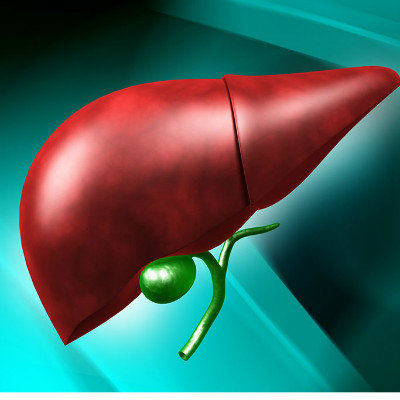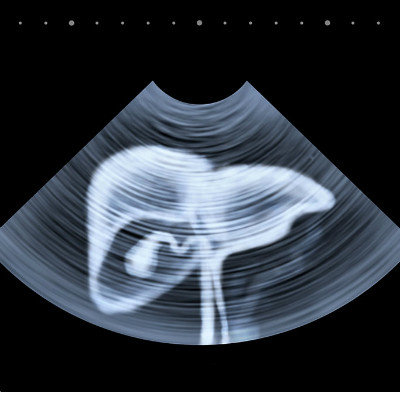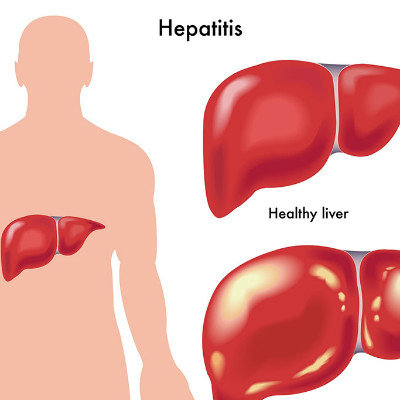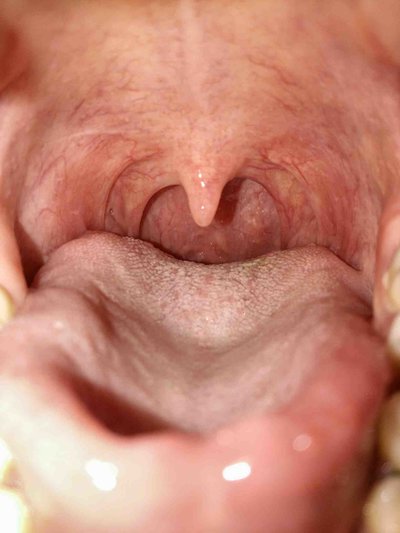How to percussion the upper boundary of liver and lower boundary of lung?
summary
The upper boundary of the liver and the diaphragmatic dome are in the same position, about in the right fifth intercostal space (equivalent to the relative voiced boundary of percussion). The liver has a certain degree of activity, which can move up and down with the change of posture and breathing. The right end of the liver is blunt and thick, and the left end is narrow and thin and wedge-shaped. Under normal circumstances, it can't be touched under the costal margin, but in children, it can be touched under the costal margin. How to percussion the upper boundary of liver and the lower boundary of lung?
How to percussion the upper boundary of liver and lower boundary of lung?
Percussion method of the upper boundary of the liver voiced boundary: along the right clavicle midline, from the lung area down to the abdomen. When the tone changes from unvoiced to voiced, it is the upper boundary of the liver (along the extension line of the right clavicle midline, from bottom to top, from drum tone to voiced, it is the lower boundary of the liver). The upper boundary of normal liver is the fifth intercostal space on the right middle clavicle line, the seventh intercostal space on the right middle axillary line, and the tenth intercostal space on the right scapular line.

The lower lung boundary is usually percussed at the middle clavicular line, axillary line and scapular line. Ask the patient to breathe calmly, percussion from the voiceless area of the lung field (generally, the anterior chest starts from the second or third costal space, and the posterior chest starts from the eighth costal space of the scapular line), and percussion downward until voiced. In normal people, the lower boundary of lung is the 6th, 8th and 10th intercostal space in the middle clavicular line, axillary line and scapular line. The location of the lower boundary of the normal lung may vary with the size and development of the lung. For example, the lower boundary of the short and fat lung may increase by 1 costal space, while the thin and long lung may decrease by 1 costal space.

Percussion of the liver should be moderate in strength. The percussion method is generally determined to follow the previous session from the edge, clavicular midline, right axillary midline and right scapular line. The percussion force from the lung area down to the abdomen should be appropriate. Attention should be paid not to be too light or too heavy. When the voiceless voice changes to voiced voice, it is the upper liver boundary. Buckle to this part, because his liver is covered by the lung, which is also the relative voiced boundary. When he buckle down for one or two traitors, the voiced sound will become the real sound.

matters needing attention
The change of lower lung boundary: in physiological condition, the lower lung boundary of the patients with thin and long body can be lower by one rib; Children and short and fat people can raise one rib; At the end of pregnancy, the lower boundary of both lungs rises. Pathologically, the decrease of the lower boundary of both lungs was common in emphysema; The rise of bilateral lower lung boundary is common in the increase of intra-abdominal pressure, such as high ascites, pneumoperitoneum, tympanic bowel and huge abdominal tumor; The lower boundary of one lung rises, which is seen in atelectasis, pleural effusion, liver, splenomegaly, subphrenic abscess, etc.















